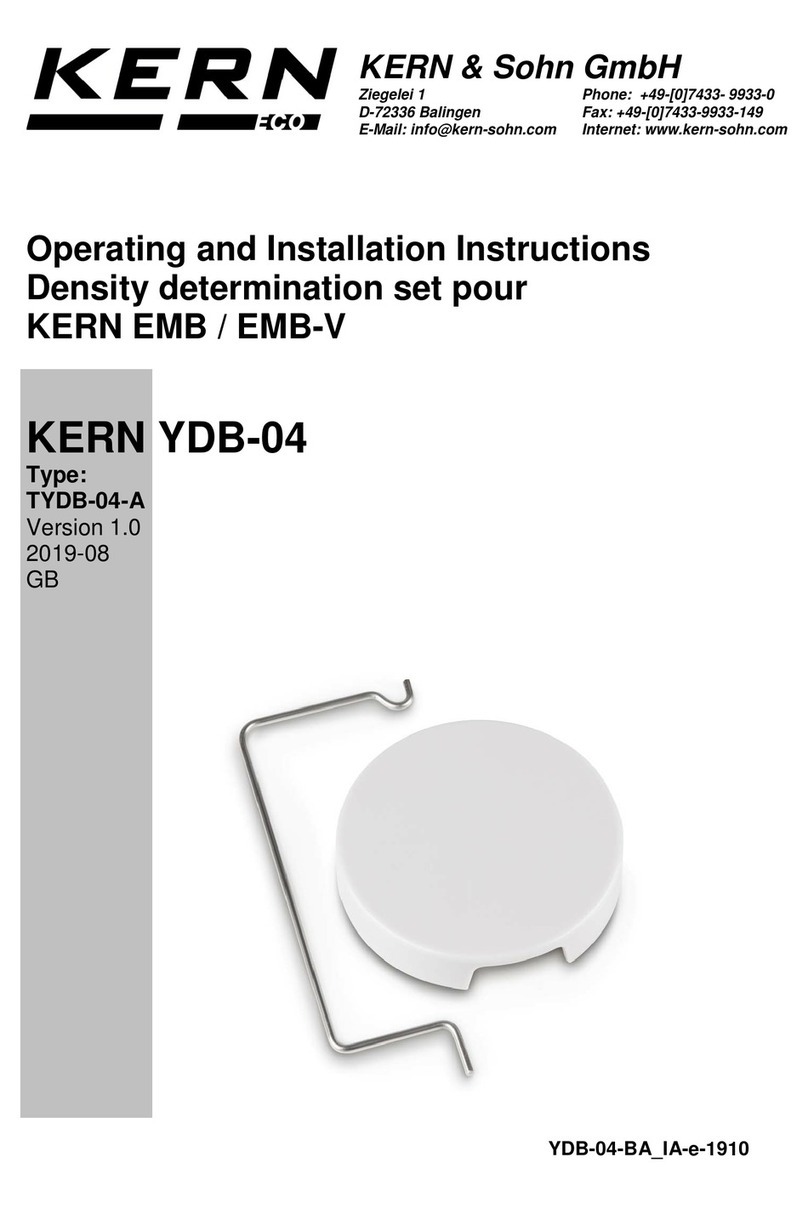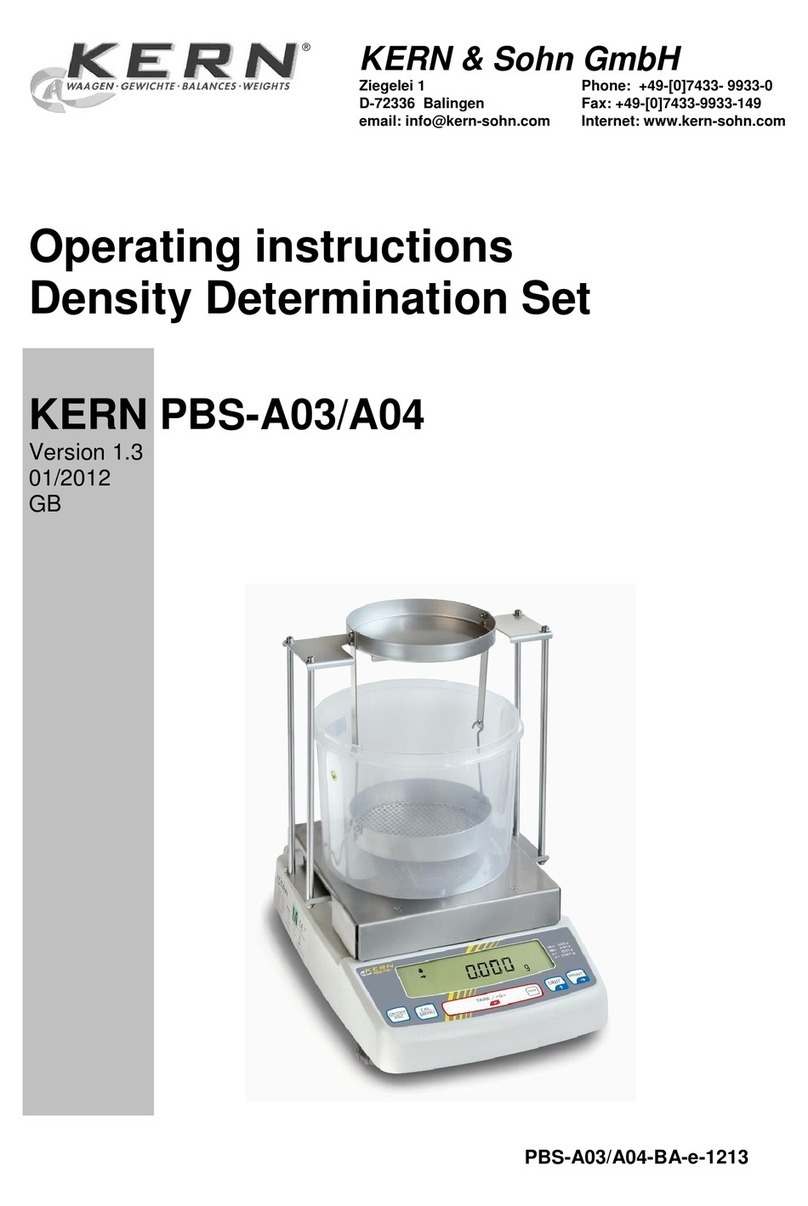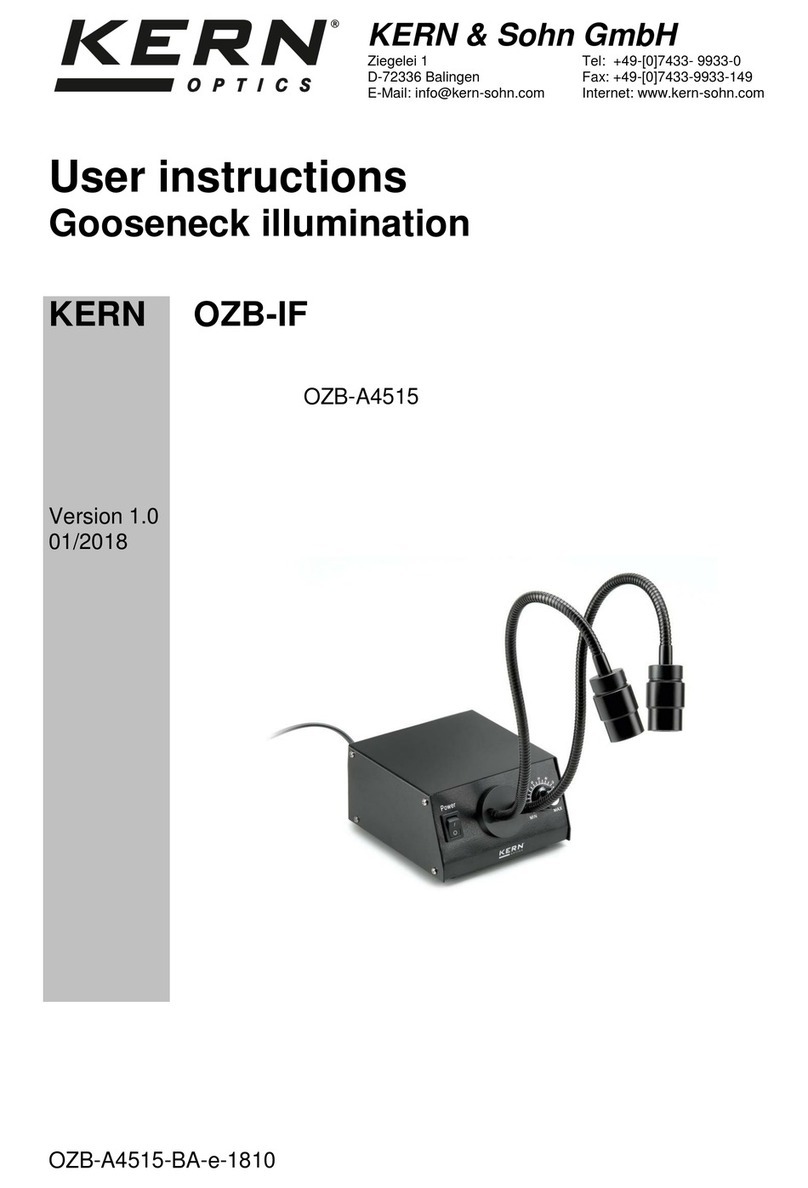Contents
1Technical data................................................................................................ 4
2Declaration of conformity ............................................................................. 7
3Appliance overview ....................................................................................... 8
3.1 Keyboard overview..................................................................................................................... 8
3.2 Overview of display .................................................................................................................... 9
4Basic Information (General)........................................................................ 10
4.1 Proper use................................................................................................................................ 10
4.2 Improper Use............................................................................................................................ 10
4.3 Warranty................................................................................................................................... 10
4.4 Monitoring of Test Resources................................................................................................... 11
5Basic Safety Precautions............................................................................ 11
5.1 Pay attention to the instructions in the Operation Manual........................................................ 11
5.2 Personnel training..................................................................................................................... 11
6Transport and storage................................................................................. 11
6.1 Testing upon acceptance ......................................................................................................... 11
6.2 Packaging / return transport..................................................................................................... 11
7Unpacking, Setup and Commissioning ..................................................... 12
7.1 Installation Site, Location of Use.............................................................................................. 12
7.2 Unpacking and checking .......................................................................................................... 12
7.2.1 Placing...................................................................................................................................... 13
7.3 Mains connection...................................................................................................................... 14
7.4 Connecting to power supply..................................................................................................... 14
7.5 Connection of peripheral devices............................................................................................. 14
7.6 Adjustment................................................................................................................................ 15
7.7 Linearization ............................................................................................................................. 16
8Basic Operation ........................................................................................... 19
8.1 Start-up..................................................................................................................................... 19
8.2 Switching Off ............................................................................................................................ 19
8.3 Zeroing...................................................................................................................................... 19
8.5 Switch-over weighing unit......................................................................................................... 20
9Applications ................................................................................................. 22
9.1 Percent determination .............................................................................................................. 22
9.2 Parts counting........................................................................................................................... 23
9.3 Totalization ............................................................................................................................... 24
9.3.1 Manual totalizing....................................................................................................................... 24
9.3.2 Automatic adding-up................................................................................................................. 27































